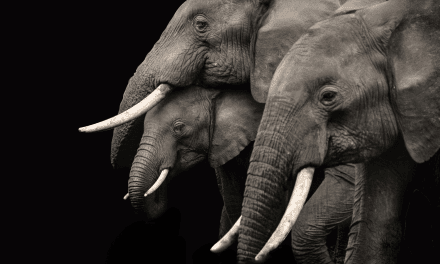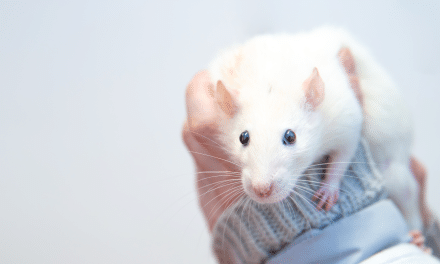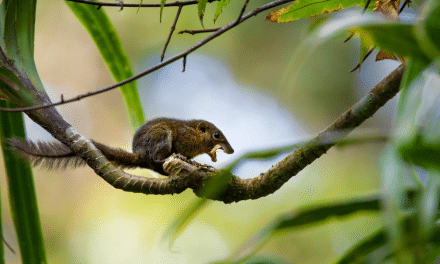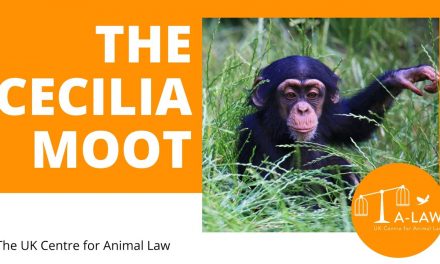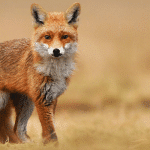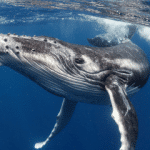Review by Alia De Bellotte, student at The University of Law
Orcapedia is a recent work from environmental activist and prolific writer Captain Paul Watson, who is the founder of Sea Shepherd Conservation Society. Sea Shepherd, the marine conservation organisation, aims to protect marine animals through direct action, which famously includes Sea Shepherd sending its ships to track fishing vessels suspected of engaging in illegal and/or unregulated activity, such as whaling.
Sea Shepherd’s fame is largely due to this sensational activity and the media coverage it attracts, with the organisation often positioned as the swashbuckling saviour of the seas from the cruelty of whaling. But apart from all the spectacle, they do this dangerous work purely to protect animals like orcas, and so it is fitting that this new book pays tribute to these orcas.
Orcapedia documents the orcas that have been, and still are, held in captivity, and it highlights the abuse that fills all the ‘prisons’ worldwide. Orcas have no predators in the wild, but humans have interfered with that: the moment orcas are captured, humans become their predator, and they, our victims. Captain Watson describes the trade as ‘perversely cruel’ and a ‘foul disgrace to humanity’, and reading this book makes it hard to disagree with that.
The book highlights the ‘famous’ orcas that we, as the public, may already know, like Keiko (which ironically means ‘lucky’ in Japanese), a male orca born in Iceland in the 1970s. Keiko, who died in 2003, was famous for starring in the 1993 movie Free Willy. The book also features Tilikum, well-documented in the public eye as the featured orca in the documentary Blackfish. Captured in the 1980s off Iceland, Tilikum unfortunately exhibited dangerous behaviours that led to his involvement with several trainers’ deaths. Orcapedia explains that such dangerous behaviour can often be attributed to the psychological disorders that orcas can develop in captivity. Captain Watson emphasises that ‘no human deaths by orcas have ever been recorded in the wild’, reinforcing that when a human is killed by an orca, this is a result not of their natural behaviour but of their captivity.
What Orcapedia does best is what makes it feel so significant: its description of the dangers that orcas face from the very moment they are captured. Captain Watson shares information on various ailments that orcas may, and often do, encounter whilst in captivity. For example, collapsed dorsal fins are common in captive adult female orcas, but all captive adult male orcas have collapsed dorsal fins, which is not a common occurrence in the wild. Another ailment is tooth decay. Many orcas in captivity, especially those experiencing psychological disorders, tend to bite on the steel gates or the ‘concrete sides of their cells’. This can lead to fractured teeth and exposed pulps, which can in turn result in infections and difficulty feeding. The risk of developing these and other problems is increased by the fact of captivity, and as such this often leads to a shorter life span.
Captain Watson talks through some ways that society could attempt to make things right, to allow captive orcas to live the lives nature intended. Some argue for the release of all whales in captivity, but this is a complicated issue. Many orcas have drilled teeth, meaning they are likely to develop infections which cannot be as easily treated in the wild. Dental issues further leave some orcas incapable of catching fish, therefore limiting their ability to survive in the wild. Because of such problems, some activists argue that already-captive orcas need to be kept in captivity for their own good (and that any such arrangement should not include any entertainment performances).
Sea Shepherd’s solution is the use of seapens, to combine the benefits of both captivity and life in the wild. A seapen would allow orcas to swim in the natural ocean waters and dive deeper, therefore giving the appearance of a freer life. Sea Shepherd suggests that trainers could still be on hand to assess their health, so the orcas would be less likely to develop ailments or psychological issues. Seapens would also enable calves to remain with their mothers, instead of being torn from them for entry into the global marketplace. Calves could have a better chance of “growing into normal whales and not undisciplined rogue whales”.
Though the primary focus is on whale captivity in Orcapedia, it touches on the issue of whales that are unnecessarily hunted and killed. The book does not focus on the legal aspects of whaling, but reading it compels one to investigate the current state of affairs. Various laws and regulations have been enacted to protect whales around the world, including the Convention on the International Treaty for Endangered Species of Wild Fauna and Flora (CITES). CITES was designed to protect both wild animal and plant species subject to international trade as well as to promote the conservation of endangered species. Currently, there are approximately 5800 species of animals and 3000 species of plants protected by CITES. Membership to CITES is voluntary and if a party violates the convention and is subsequently sanctioned, they can merely leave CITES rather than accept any sanctions. This means that enforcement can prove rather difficult.
CITES is particularly important for marine species as those traded internationally tend to migrate, swimming long distances and often crossing national boundaries. International collaboration is imperative for the protection of the whale population.
Appendix I of CITES protects species that are threatened with extinction and thus may be affected by trade; this covers all of the great whales. Appendix II includes species that without a control on trade may become threatened with extinction, such as the West Greenland stock of minke whales. Of the 13 species of great whales, seven are on the World Conservation Union (IUCN) Red List of Threatened Species with a very high risk of extinction including blue, humpback, fin, and sperm whales.
The International Whaling Convention (IWC) is the only organisation for the global management and conservation of whales. It was established in 1946 with an aim to manage the whaling industry and conserve the whale population. It is a vital organisation for the survival of numerous whaling species. In 1986, the IWC introduced an indefinite ban on commercial whaling which is still in effect. However, countries such as Japan and Norway have not observed the ban.
The United Nations Convention on the Law of the Sea (UNCLOS) is also quite important for whales. Signatories to the convention have a duty to conserve marine mammals and have a duty to follow the guidelines set out in the International Whaling Convention guidelines.
Despite the ban on commercial whaling, some countries continue the trade. Prior to 2019, Japan circumvented the ban through a loophole, claiming that their hunting and capturing of whales was related to scientific research. By doing so, they could then sell the whales. In 2019, however, Japan left the IWC so that they could resume their commercial whaling. Despite the IWC adopting over 40 resolutions denying the necessity of ‘scientific whaling’, they are non-binding and have simply been ignored.
In Norway, whales are hunted under an ‘objection’ to the International Whaling Commissions ban on commercial whaling. They subsequently kill hundreds of minke whales each year, targeting the pregnant females that tend to be slower. Norway has been justifying whaling by claiming that it is sustainable.
Four countries have permission to practice aboriginal subsistence whaling. These countries are Russia, Denmark, USA, and Saint Vincent and the Grenadines, which Orcapedia discusses. The IWC defines aboriginal subsistence whaling as ‘for the purposes of local Aboriginal consumption…related to a continuing traditional dependence on whaling and on the use of whales.’
Two separate whaling practices operate in Saint Vincent and the Grenadines; one in Barrouallie and the other on the island of Bequia. These practices are legal and are regulated by Vincentian law. However, their permissions have led to controversy with regard to both social and environmental issues. It has been reported that the Bequia-based whaling operation regularly violates Article 14 of the IWC which prohibits the taking of suckling calves or females accompanies by calves.
Despite laws and regulations, whales are still hunted and captured. Captain Watson and Tiffany Humphrey present with Orcapedia a strong case for the actions of Sea Shepherd and for further activism to fight for change. The industry is profitable, but what is the real cost? The animals who survive face psychological torment day in, day out. Orcapedia reinforces that it is a global responsibility to protect marine wildlife for future generations.
Sources:
- https://www.salvageblue.org/resources/
- https://mission-blue.org/hope-spots/
- https://www.animallaw.info/article/detailed-discussion-global-protection-whales
- https://www.fisheries.noaa.gov/national/international-affairs/convention-international-trade-endangered-species-wild-fauna-and
- https://www.nationalgeographic.com/animals/article/convention-on-international-trade-in-endangered-species
- https://wwf.panda.org/discover/knowledge_hub/endangered_species/cetaceans/threats/whaling/?
- https://www.fisheries.noaa.gov/resource/document/cites-introduction-sea
- https://www.nationalgeographic.com/animals/article/japan-sanctions-over-whale-meat
- https://uk.whales.org/our-4-goals/stop-whaling/
- https://uk.whales.org/our-4-goals/stop-whaling/whaling-in-japan/
- https://uk.whales.org/our-4-goals/stop-whaling/whaling-in-norway/
- https://www.animallaw.info/article/overview-laws-and-regulations-protecting-whales
- https://iwc.int/bequia
- https://mission-blue.org/2017/05/working-to-end-whaling-in-the-saint-vincent-and-grenadines-hope-spot/


